- Determining the Best Time to Plant Low-Growing Tomato Varieties
- Understanding the Growing Season
- Consulting the USDA Hardiness Zone Map
- Considering Microclimates
- Researching Recommended Planting Dates
- Monitoring Soil Temperature
- Considering Indoor Seed Starting
- Choosing the Right Low-Growing Tomato Varieties for Your Region
- Determining Your Region’s Climate
- Considering Disease Resistance
- Choosing Compact and Bushy Varieties
- Considering Fruit Size and Flavor
- Consulting Local Gardening Resources
- Preparing the Soil for Planting Low-Growing Tomato Varieties
- 1. Test the Soil pH
- 2. Clear the Area
- 3. Amend the Soil
- 4. Provide Adequate Drainage
- 5. Apply Fertilizer
- 6. Cultivate the Soil
- 7. Mulch the Soil
- Selecting an Ideal Location for Planting Low-Growing Tomato Varieties
- Sunlight
- Soil Type
- Air Circulation
- Proximity to Other Plants
- Access to Water
- Planting Techniques for Low-Growing Tomato Varieties
- Providing Proper Care for Low-Growing Tomato Varieties
- 1. Sunlight
- 2. Watering
- 3. Fertilization
- 4. Pruning
- 5. Support
- 6. Pest and Disease Control
- 7. Harvesting
- Addressing Common Issues and Pests with Low-Growing Tomato Varieties
- 1. Blossom-end rot
- 2. Early blight
- 3. Aphids
- 4. Tomato hornworms
- 5. Fusarium wilt
- 6. Tomato mosaic virus
- Harvesting and Storing Low-Growing Tomato Varieties
- 1. Harvesting
- 2. Storing
- “Question-Answer”
- When is the best time to plant low-growing tomato varieties?
- How do I prepare the soil for planting low-growing tomato varieties?
- Can low-growing tomato varieties be grown in containers?
- What are some popular low-growing tomato varieties?
- How do I care for low-growing tomato plants?
- “Video” 5 Tomato Grow Mistakes To Avoid
Growing tomatoes is a popular and rewarding activity for many gardeners. While traditional tomato plants can be quite tall and require staking or trellising, low-growing tomato varieties offer a convenient and space-saving alternative. Whether you have a small garden, limited space, or simply prefer the aesthetic of compact plants, low-growing tomatoes can be a great option.
In this comprehensive guide, we will provide you with all the information you need to successfully plant and care for low-growing tomato varieties in any region. We will discuss the best time to plant these tomatoes, the ideal conditions for their growth, and the various cultivation techniques you can employ. By following our expert tips and guidelines, you’ll be able to enjoy a bountiful harvest of delicious, homegrown tomatoes.
One key advantage of low-growing tomato varieties is their adaptability to different regions. These plants can thrive in both cool and warm climates, making them suitable for almost any location. Whether you live in a northern region with shorter growing seasons or a southern region with scorching summers, there is a low-growing tomato variety that will suit your needs. By selecting the right variety and following proper planting techniques, you can ensure a successful harvest regardless of your region’s climate.
It’s worth noting that low-growing tomato varieties are not limited to traditional garden beds. These plants can also be grown in containers, making them an excellent choice for urban gardening or small spaces. Using containers allows you to control the growing conditions more effectively and provides flexibility in terms of placement. Whether you have a balcony, patio, or windowsill, you can enjoy the benefits of homegrown tomatoes by planting low-growing varieties in containers.
Determining the Best Time to Plant Low-Growing Tomato Varieties
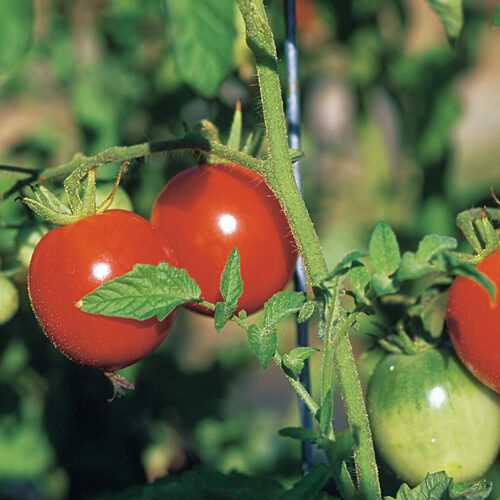
Planting low-growing tomato varieties at the right time is essential to ensure successful growth and a bountiful harvest. The ideal time for planting depends on the specific region and its climate. Here are some factors to consider when determining the best time to plant low-growing tomato varieties:
Understanding the Growing Season
Before deciding when to plant, it’s important to understand the length of the growing season in your region. The growing season refers to the period between the last spring frost and the first fall frost. This timeframe determines how long your low-growing tomato plants will have to grow and produce fruit.
Consulting the USDA Hardiness Zone Map
The USDA Hardiness Zone Map is a valuable resource for determining the planting schedule for your region. Different regions have varying average temperatures and frost dates, which are indicated by different hardiness zones. By finding your specific hardiness zone on the map, you can better understand the typical frost dates and plan your planting accordingly.
Considering Microclimates
Microclimates are small areas within a region that have slightly different climate conditions. These variations can be caused by factors such as altitude, proximity to bodies of water, or shelter from buildings or trees. When determining the best time to plant low-growing tomato varieties, it’s important to consider any microclimates that may exist in your area. Microclimates can have a significant impact on the local frost dates and overall growing conditions.
Researching Recommended Planting Dates
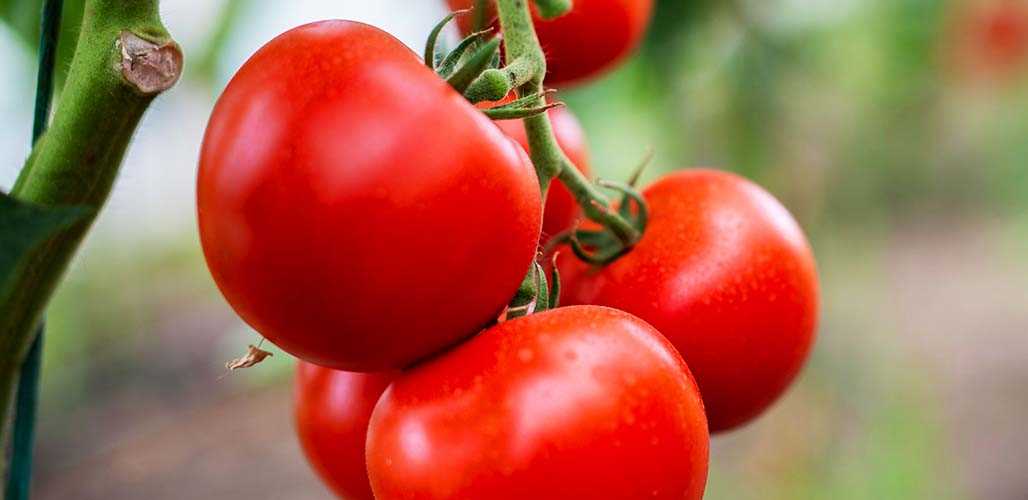
Many agricultural extension offices, gardening websites, and seed catalogs provide recommended planting dates for specific crops in various regions. These resources can be invaluable in determining the best time to plant low-growing tomato varieties. By following the recommended planting dates, you can maximize your chances of success and avoid potential damage to your plants due to frost or extreme weather conditions.
Monitoring Soil Temperature
The soil temperature plays a crucial role in the germination and growth of tomato plants. Low-growing tomato varieties prefer soil temperatures between 60-85°F (15-30°C) for optimal growth. Using a soil thermometer, monitor the temperature of your garden beds to ensure they are within the desired range before planting your low-growing tomatoes.
Considering Indoor Seed Starting
To extend the growing season and get a head start on your low-growing tomato plants, consider starting seeds indoors. Indoor seed starting allows you to plant tomatoes earlier and transplant them into the garden once the soil has warmed up. This method can be particularly beneficial in regions with short growing seasons or unpredictable weather patterns.
By taking these factors into account and conducting research specific to your region, you can determine the best time to plant low-growing tomato varieties. Planning and timing your planting properly will enable your tomatoes to thrive and provide you with a delicious harvest.
Choosing the Right Low-Growing Tomato Varieties for Your Region
When it comes to choosing low-growing tomato varieties for your region, it’s important to consider the specific needs of your climate and growing conditions. Not all tomato varieties will thrive in every region, so it’s essential to choose varieties that are well-suited to your area.
Determining Your Region’s Climate
The first step in choosing the right low-growing tomato varieties is to determine your region’s climate. Consider factors such as average temperatures, humidity levels, and the length of your growing season. This information will help you narrow down the varieties that are most likely to be successful in your area.
Considering Disease Resistance
Another important factor to consider when choosing low-growing tomato varieties is disease resistance. Some tomato varieties are naturally more resistant to common tomato diseases, such as blight, wilt, and mosaic virus. By choosing disease-resistant varieties, you can increase your chances of a successful harvest.
Choosing Compact and Bushy Varieties
In addition to disease resistance, it’s also important to choose low-growing tomato varieties that have a compact and bushy growth habit. These types of varieties are ideal for small garden spaces or containers, as they take up less vertical space. Look for varieties that are specifically described as “dwarf,” “bush,” or “compact.”
Considering Fruit Size and Flavor
When choosing low-growing tomato varieties, take into account the desired fruit size and flavor. Some varieties produce small cherry tomatoes, while others produce larger, meatier fruits. Consider your culinary preferences and intended use of the tomatoes when making your selection.
Consulting Local Gardening Resources
Finally, don’t hesitate to consult local gardening resources for guidance. Local gardening clubs, extension offices, and experienced growers in your area can provide valuable insight into the best low-growing tomato varieties for your region. They can offer personalized recommendations based on their own experiences and knowledge of your specific climate.
By taking into account your region’s climate, disease resistance, growth habit, fruit size, and seeking advice from local experts, you can choose the right low-growing tomato varieties that are well-suited to thrive in your specific region.
Preparing the Soil for Planting Low-Growing Tomato Varieties
Before planting low-growing tomato varieties, it is essential to prepare the soil properly. This step is crucial as it sets the foundation for healthy plant growth and maximum yield. Follow these steps to ensure your soil is ready for planting:
1. Test the Soil pH
Start by testing the soil pH in the designated planting area. Most tomato varieties prefer a slightly acidic soil pH level between 6.0 and 6.8. Testing kits are available at garden centers or can be performed by a local agricultural extension office. Adjust the pH level if necessary by adding lime to raise the pH or sulfur to lower it.
2. Clear the Area
Remove any weeds, rocks, or other debris from the planting area. Low-growing tomato varieties require adequate space to spread out and grow, so it’s important to clear the area of any obstacles that may impede their growth.
3. Amend the Soil
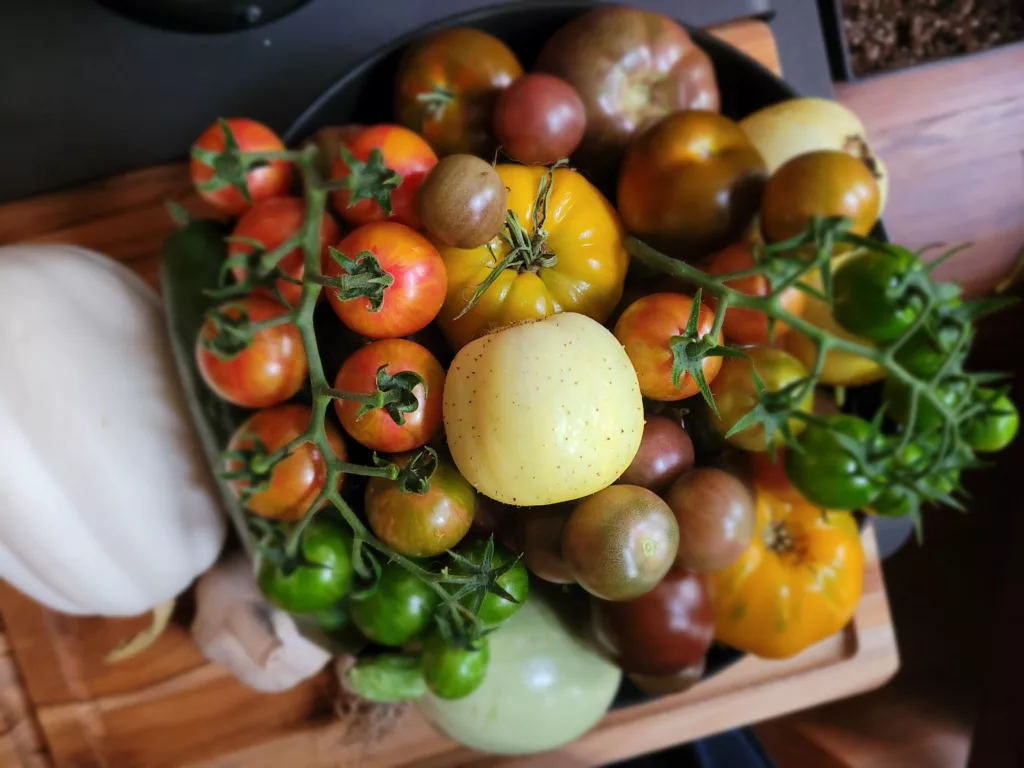
Amending the soil with organic matter is vital for enriching it with essential nutrients and improving its structure. Add compost, well-rotted manure, or other organic materials to increase the soil’s moisture retention and drainage capabilities. Mix the amendments thoroughly with the existing soil using a shovel or fork.
4. Provide Adequate Drainage
Tomato plants require well-draining soil to prevent waterlogged roots, which can lead to root rot and other diseases. Ensure that the planting area has proper drainage by creating raised beds or incorporating sand or perlite into the soil. Avoid planting low-growing tomato varieties in areas prone to waterlogging.
5. Apply Fertilizer
Before planting, apply a balanced fertilizer according to the product instructions. This will provide the young tomato plants with the necessary nutrients for healthy growth. Choose a slow-release fertilizer or an organic alternative to promote sustained nutrition throughout the growing season.
6. Cultivate the Soil
To create a loose and well-aerated soil bed, use a garden fork or tiller to cultivate the area where you will be planting the low-growing tomato varieties. This will help the roots penetrate deeply, access nutrients, and establish a strong foundation.
7. Mulch the Soil
Once the low-growing tomato varieties are planted, apply a layer of organic mulch around the base of the plants. Mulching helps suppress weed growth, conserves moisture, and regulates soil temperature. Use organic materials like straw, shredded leaves, or grass clippings for the best results.
Following these steps to prepare the soil ensures that your low-growing tomato varieties have the best chance of thriving in any region. Taking the time to properly prepare the soil will result in a bountiful harvest and healthy plants.
Selecting an Ideal Location for Planting Low-Growing Tomato Varieties
Choosing the right location for planting low-growing tomato varieties is crucial for their development and overall productivity. Consider the following factors when selecting an ideal spot for your tomato plants:
Sunlight
- Tomato plants require at least 6 hours of direct sunlight per day to flourish.
- Choose a location that receives ample sunlight throughout the day, preferably in the morning and early afternoon.
Soil Type
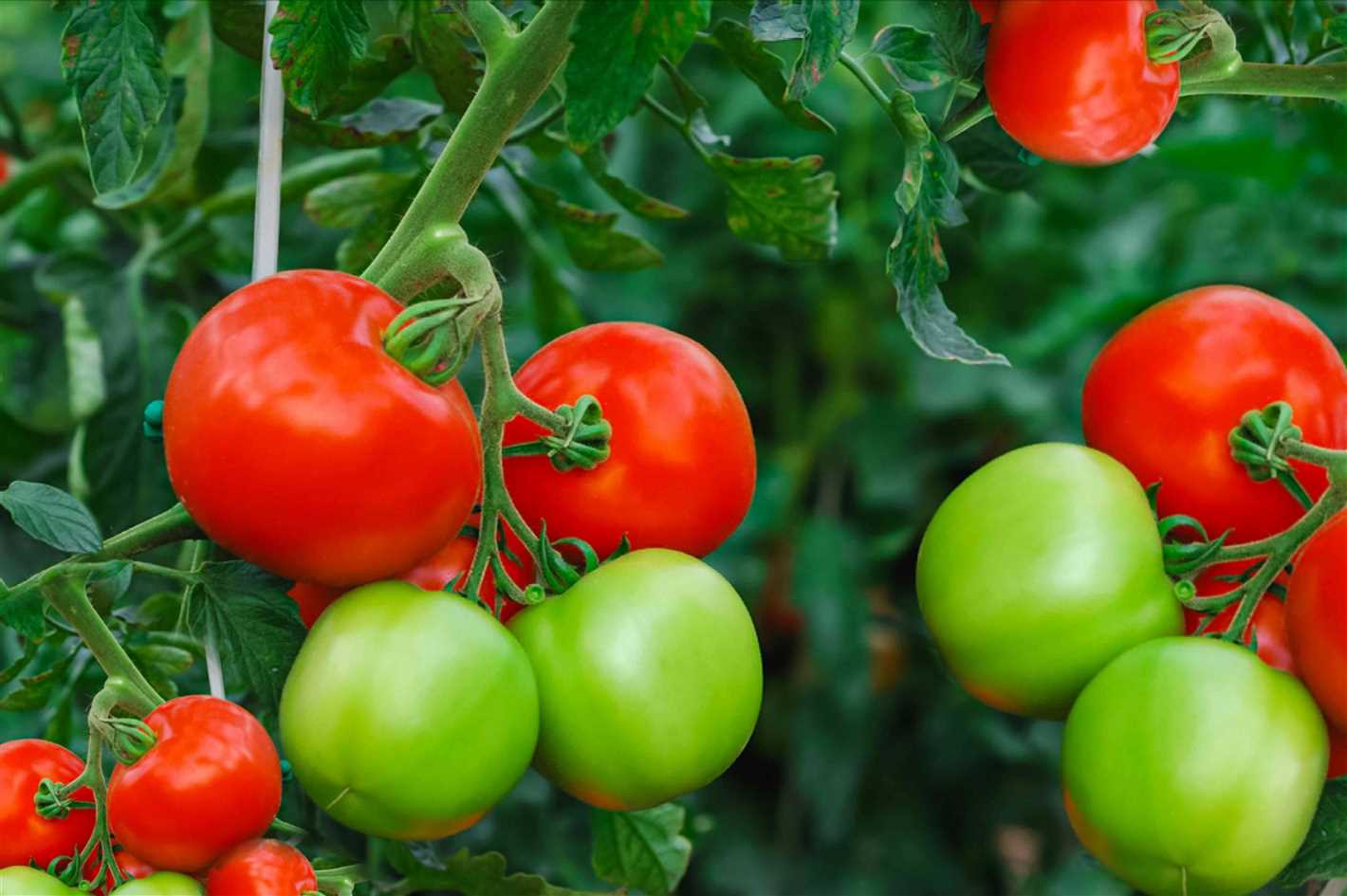
- Low-growing tomato varieties thrive in loamy soil with good drainage.
- Avoid clayey or sandy soils as they can cause waterlogging or excessive drainage, respectively.
- Perform a soil test to determine the pH level and make any necessary amendments to achieve the ideal pH range of 6.0 to 7.0.
Air Circulation
- Good air circulation helps prevent the spread of diseases and promotes healthy growth.
- Avoid planting tomatoes in areas that are prone to strong winds, as this can damage the plants.
- Ensure there is enough space between tomato plants to allow air to circulate freely.
Proximity to Other Plants
- Avoid planting low-growing tomato varieties near plants that are susceptible to diseases or pests commonly affecting tomatoes.
- Keep a distance of at least 3 feet between tomato plants and other susceptible plants to reduce the risk of cross-contamination.
Access to Water
- Tomato plants require regular watering to maintain adequate moisture levels in the soil.
- Choose a location that allows easy access to a water source, such as a hose or irrigation system.
By considering these factors, you can select an ideal location for planting low-growing tomato varieties, ensuring optimal growth and a successful harvest.
Planting Techniques for Low-Growing Tomato Varieties
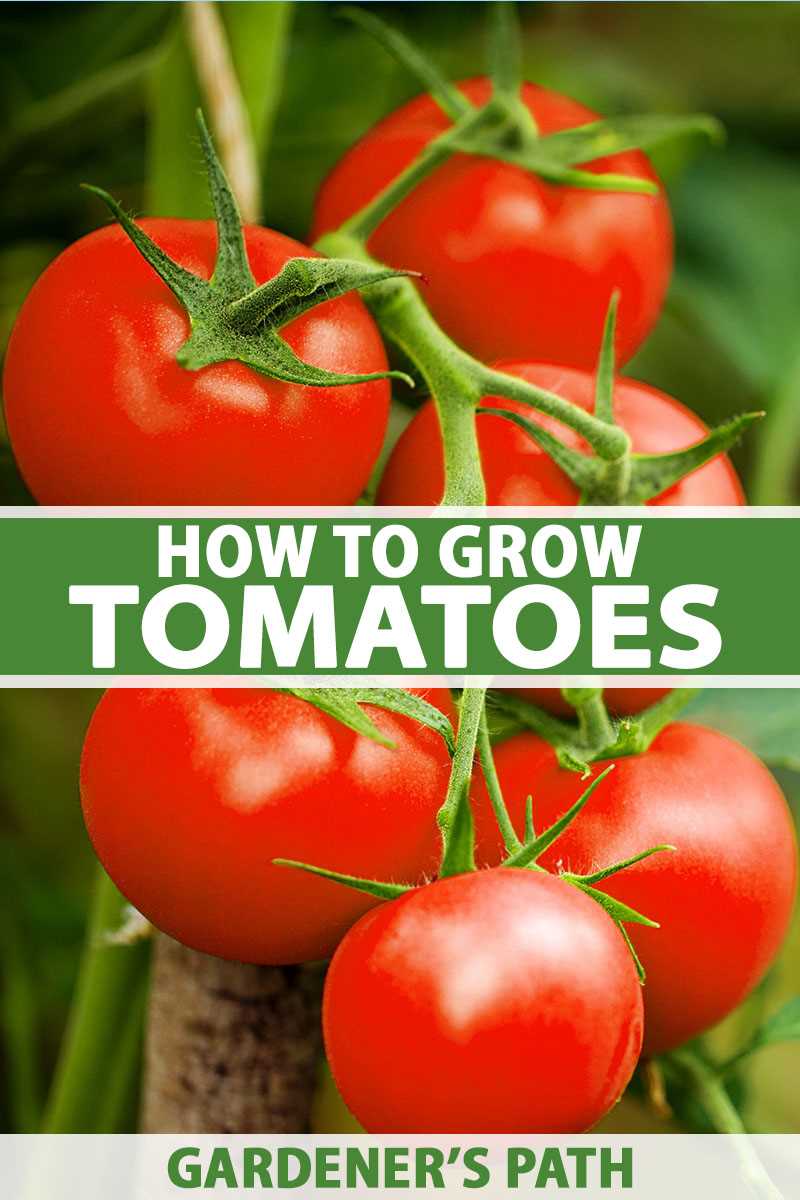
Planting low-growing tomato varieties requires some specific techniques to ensure successful growth and fruit production. Here are some key steps to follow:
- Choose the Right Varieties: Select low-growing tomato varieties specifically bred for compact growth. These varieties are usually labeled as determinate or bush tomatoes.
- Prepare the Soil: Prior to planting, prepare the soil by removing any weeds or debris. Loosen the soil with a garden fork or tiller to a depth of at least 8 inches. Add compost or organic matter to improve soil fertility and drainage.
- Select the Planting Location: Choose a location that receives full sun for at least 6-8 hours a day. Ensure good air circulation and avoid areas prone to waterlogging.
- Dig Planting Holes: Dig planting holes at least 2 feet apart to provide ample space for the low-growing tomato plants to spread. Each hole should be slightly larger than the root ball of the plant.
- Planting Depth: Place the tomato plant in the hole, making sure to bury it up to the first set of true leaves. This encourages the development of additional roots along the buried stem, leading to a stronger and more stable plant.
- Support and Staking: Although low-growing tomato varieties don’t require extensive staking or trellising, you may still need to provide some support. Insert a stake or small cage near the base of the plant to help keep it upright.
- Watering: After planting, thoroughly water the tomato plants to settle the soil around the roots. Water regularly to keep the soil consistently moist but not waterlogged. Aim to provide about 1 inch of water per week.
- Mulching: Apply a layer of organic mulch, such as straw or wood chips, around the base of the plants. This helps to conserve moisture, suppress weeds, and regulate soil temperature.
- Fertilizing: Low-growing tomato varieties benefit from a balanced fertilizer with a ratio such as 10-10-10. Apply fertilizer according to the package instructions, usually every 4-6 weeks throughout the growing season.
- Pruning: While low-growing tomato varieties generally require less pruning, it’s still a good idea to remove suckers that develop in the leaf axils. This encourages better airflow and reduces the risk of diseases.
By following these planting techniques, you’ll be well on your way to growing low-growing tomato varieties successfully in your garden. Happy gardening!
Providing Proper Care for Low-Growing Tomato Varieties
Low-growing tomato varieties require specific care to ensure optimal growth and productivity. Here are some important factors to consider when caring for these types of tomatoes:
1. Sunlight
Tomatoes need plenty of sunlight to thrive, and low-growing varieties are no exception. Make sure to plant them in a location where they will receive full sun for at least 6-8 hours per day. This will help the plants produce strong and healthy foliage, as well as encourage fruit set.
2. Watering
Proper watering is crucial for low-growing tomato varieties. They require consistent moisture to prevent the soil from drying out completely. Water deeply when the top inch of soil feels dry, but be careful not to overwater, as this can lead to disease issues. Mulching around the plants can help retain moisture and regulate soil temperature.
3. Fertilization
Low-growing tomato varieties benefit from regular fertilization to supply essential nutrients. Before planting, prepare the soil by incorporating compost or well-rotted manure to improve its fertility. Once the plants start to grow, use a balanced fertilizer every 2-3 weeks to promote healthy growth and fruit development.
4. Pruning
Pruning is important for low-growing tomatoes to maintain their compact form and maximize airflow. Remove any suckers that develop in the leaf axils to prevent overcrowding and increase overall plant vigor. Also, remove any yellowing or diseased leaves as soon as they appear to prevent the spread of diseases.
5. Support
Even though low-growing tomato varieties have a compact habit, they may still benefit from some support. Using cages, stakes, or trellises will help keep the plants upright and prevent the fruit from touching the ground, reducing the risk of disease and rot.
6. Pest and Disease Control
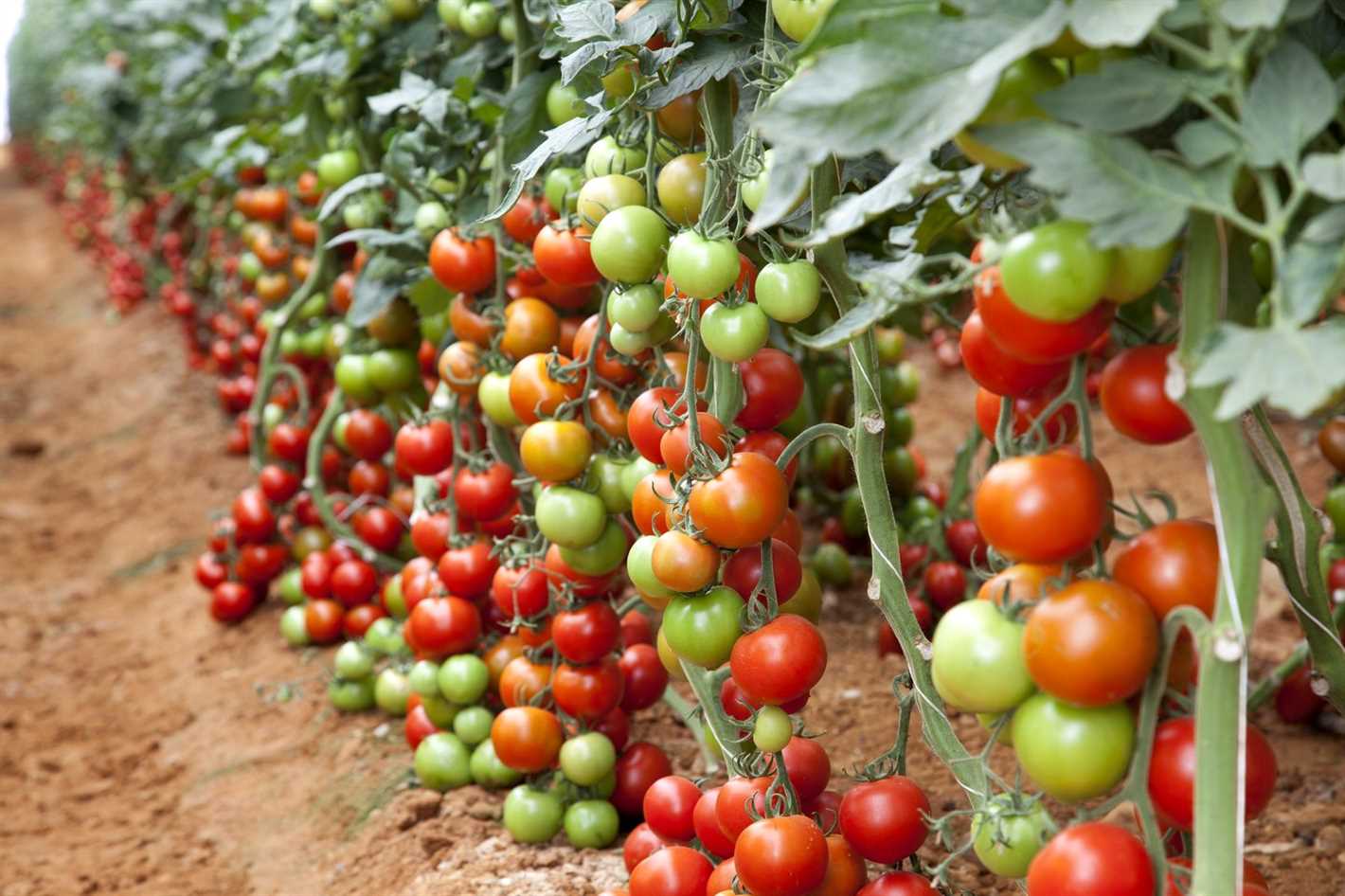
Like all tomato plants, low-growing varieties are susceptible to pests and diseases. Regularly inspect the plants for signs of pests such as aphids, caterpillars, or mites, and take appropriate action if necessary. Consider using organic pest control methods, such as neem oil or insecticidal soap. Additionally, practice good garden hygiene, such as removing any fallen leaves or debris, to reduce the risk of disease.
7. Harvesting
Keep an eye on the fruit development and harvest low-growing tomato varieties when they reach their desired stage of ripeness. Gently twist or cut the fruit from the stem, taking care not to damage the plant. Enjoy the delicious fruits fresh or use them in your favorite culinary creations.
By providing proper care, attention, and a little bit of love, you can ensure the success of your low-growing tomato varieties and enjoy a bountiful harvest.
Addressing Common Issues and Pests with Low-Growing Tomato Varieties
While low-growing tomato varieties have many advantages, they can also be susceptible to certain issues and pests. Here are some common problems you may encounter and tips on how to address them:
1. Blossom-end rot
- Occurs when the bottom of the tomato fruit develops a dark, sunken area
- Caused by calcium deficiency or inconsistent watering
- To prevent blossom-end rot, make sure to water your plants regularly and evenly, and consider using a calcium-rich fertilizer
2. Early blight
- Characterized by dark brown spots on leaves, stems, and fruits
- Caused by a fungus that thrives in warm, humid conditions
- To prevent early blight, provide adequate airflow around your plants by spacing them apart, remove infected leaves, and consider using fungicides
3. Aphids
- Small, soft-bodied insects that feed on the sap of plants
- Can cause stunted growth and spread diseases
- To control aphids, you can spray your plants with a mixture of water and dish soap or use natural predators like ladybugs
4. Tomato hornworms
- Large, green caterpillars that can quickly defoliate tomato plants
- Handpick and destroy hornworms whenever you spot them
- Encourage natural predators like parasitic wasps and birds to control hornworm populations
5. Fusarium wilt
- A soil-borne fungal disease that causes wilting and yellowing of leaves
- Difficult to control once plants are infected
- To prevent fusarium wilt, choose resistant tomato varieties and practice crop rotation
6. Tomato mosaic virus
- A viral disease that causes mottling, yellowing, and stunted growth in tomato plants
- Spread through contact with infected plants, tools, or hands
- To prevent tomato mosaic virus, avoid touching plants when wet, sanitize tools regularly, and consider using resistant varieties
By being proactive in addressing these common issues and pests, you can ensure the health and productivity of your low-growing tomato varieties. Regular monitoring, proper care, and timely interventions will help you enjoy a successful harvest.
Harvesting and Storing Low-Growing Tomato Varieties
Harvesting low-growing tomato varieties can be an exciting and rewarding experience. These compact plants produce delicious fruits that can be enjoyed fresh or used in a variety of culinary creations. Here are some tips on how to harvest and store low-growing tomatoes:
1. Harvesting
It is important to harvest low-growing tomatoes when they are fully ripe to ensure the best flavor and taste. Here’s how to do it:
- Check the tomatoes regularly for ripeness by gently squeezing them. Ripe tomatoes should have a slight give when squeezed.
- Use a pair of garden shears or a sharp knife to cut the stem of the tomato just above the fruit.
- Avoid pulling or twisting the tomato off the plant, as this can damage the plant and cause the fruit to bruise.
- Place the harvested tomatoes in a shallow container or basket to prevent them from getting squashed or damaged.
2. Storing
Proper storage is essential to preserve the flavor and quality of low-growing tomatoes. Here are some tips for storing them:
- Do not wash the tomatoes before storing them, as moisture can cause them to spoil more quickly.
- Check the tomatoes regularly for any signs of rot or decay. Remove and use any tomatoes that show signs of spoilage.
- Store the tomatoes in a cool, dry place, away from direct sunlight. A pantry or cellar with good ventilation is ideal.
- If you have a large quantity of tomatoes, you can store them in a single layer on a tray or in shallow cardboard boxes, making sure they do not touch each other.
- Alternatively, you can store tomatoes individually in paper bags or wrap them individually in newspaper to prevent them from touching and bruising each other.
- Do not store tomatoes in the refrigerator, as this can cause them to lose flavor and texture.
By following these tips, you can enjoy the fruits of your labor and have a bountiful supply of low-growing tomatoes to use throughout the season.
“Question-Answer”
When is the best time to plant low-growing tomato varieties?
The best time to plant low-growing tomato varieties is typically in late spring or early summer, when the soil has warmed up and the last frost date has passed.
How do I prepare the soil for planting low-growing tomato varieties?
To prepare the soil for planting low-growing tomato varieties, start by removing any weeds or debris from the area. Then, mix in some organic matter, such as compost or well-rotted manure, to improve the soil’s fertility and drainage.
Can low-growing tomato varieties be grown in containers?
Yes, low-growing tomato varieties can be grown in containers. Choose a large container with drainage holes, and fill it with a good quality potting mix. Make sure the container receives at least 6-8 hours of sunlight per day, and water the plants regularly.
What are some popular low-growing tomato varieties?
Some popular low-growing tomato varieties include ‘Micro Tom’, ‘Tumbling Tom’, ‘Patio Princess’, and ‘Sweet ‘n’ Neat’. These varieties are suitable for small gardens, containers, or hanging baskets.
How do I care for low-growing tomato plants?
To care for low-growing tomato plants, make sure they receive adequate sunlight, water regularly to keep the soil evenly moist, and provide support if necessary. You may also need to prune the plants to remove any suckers or improve airflow.







